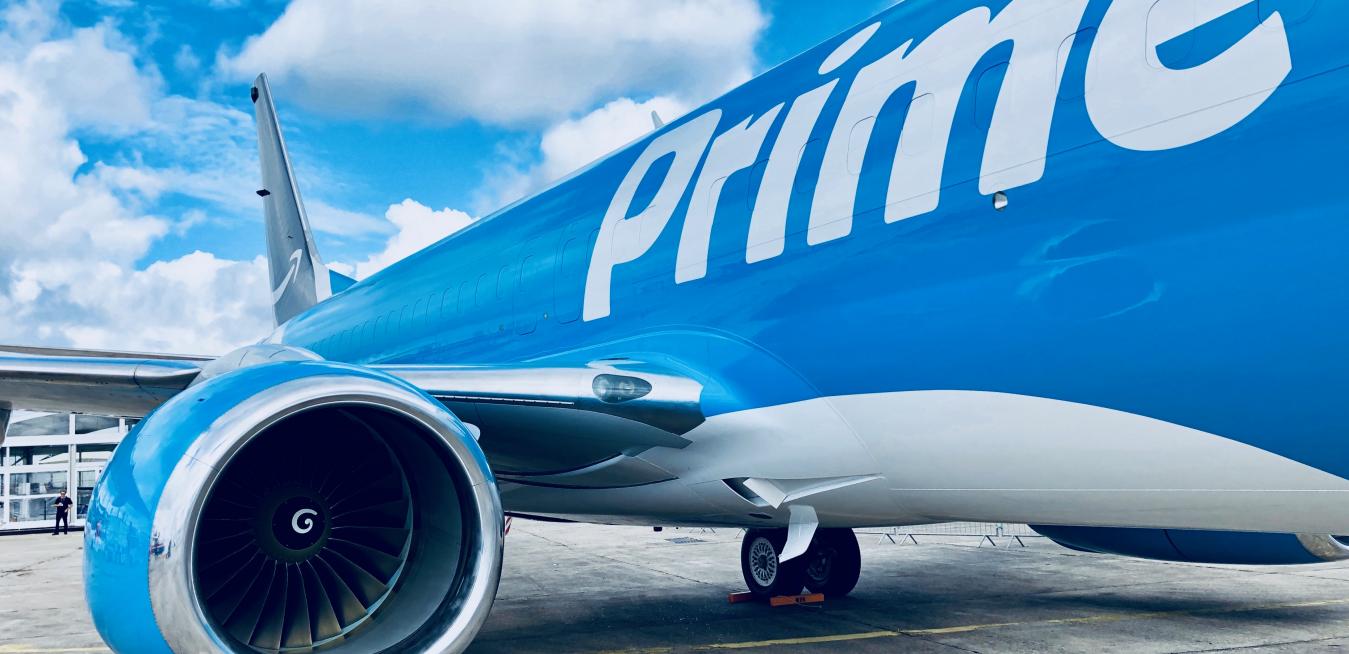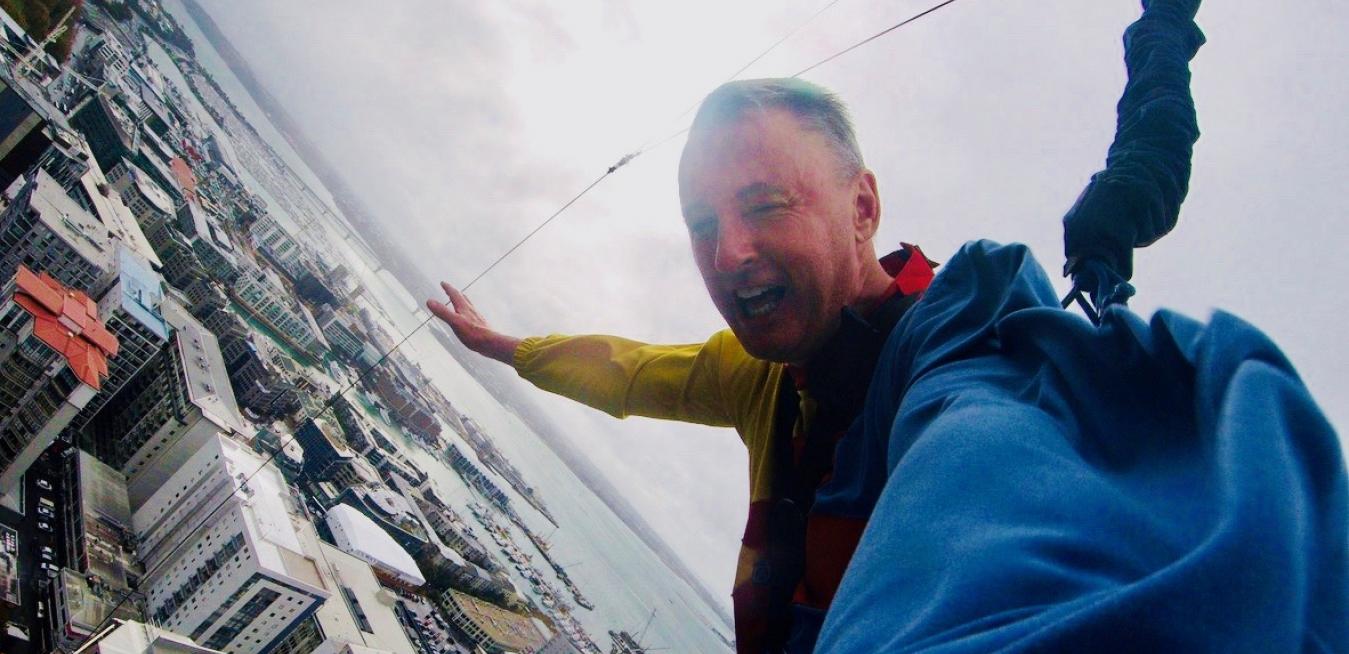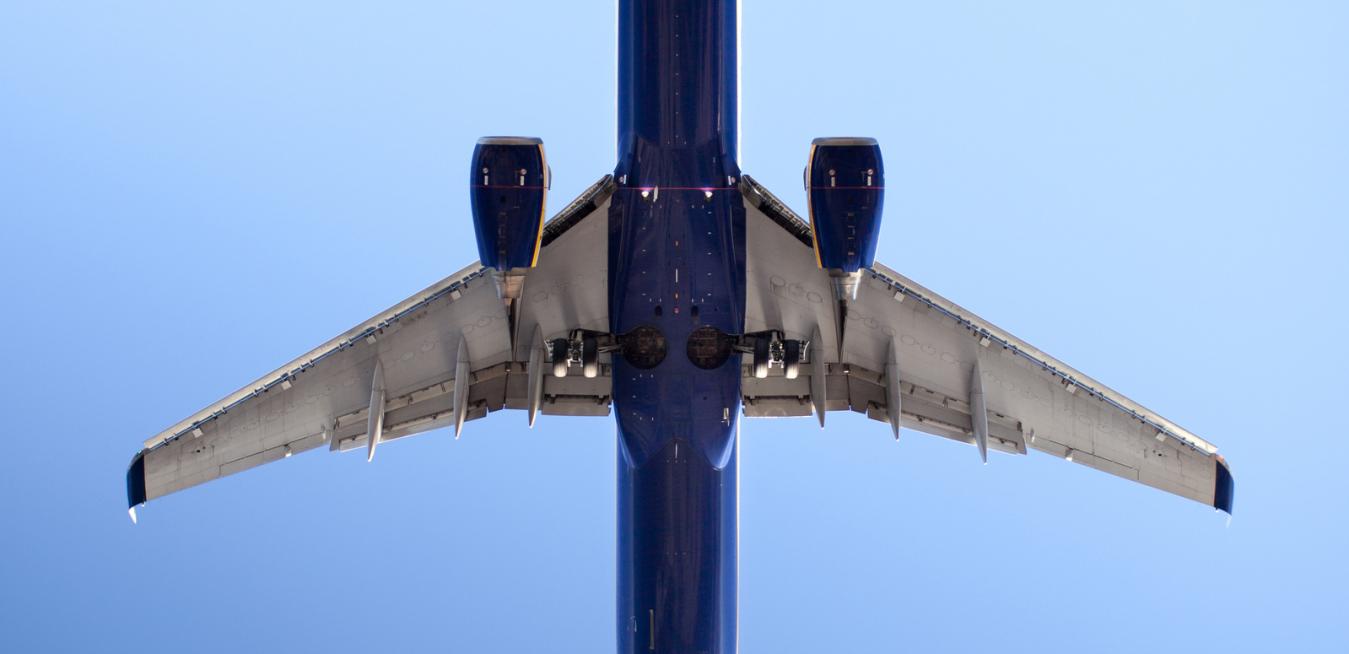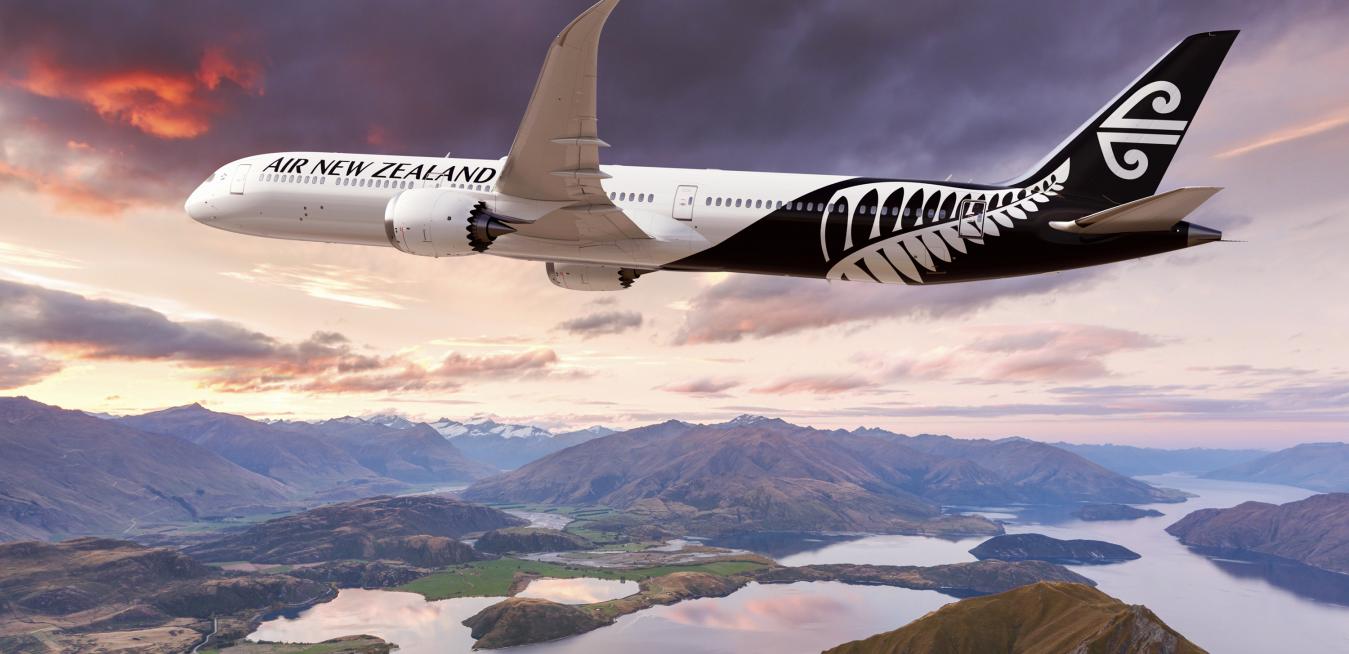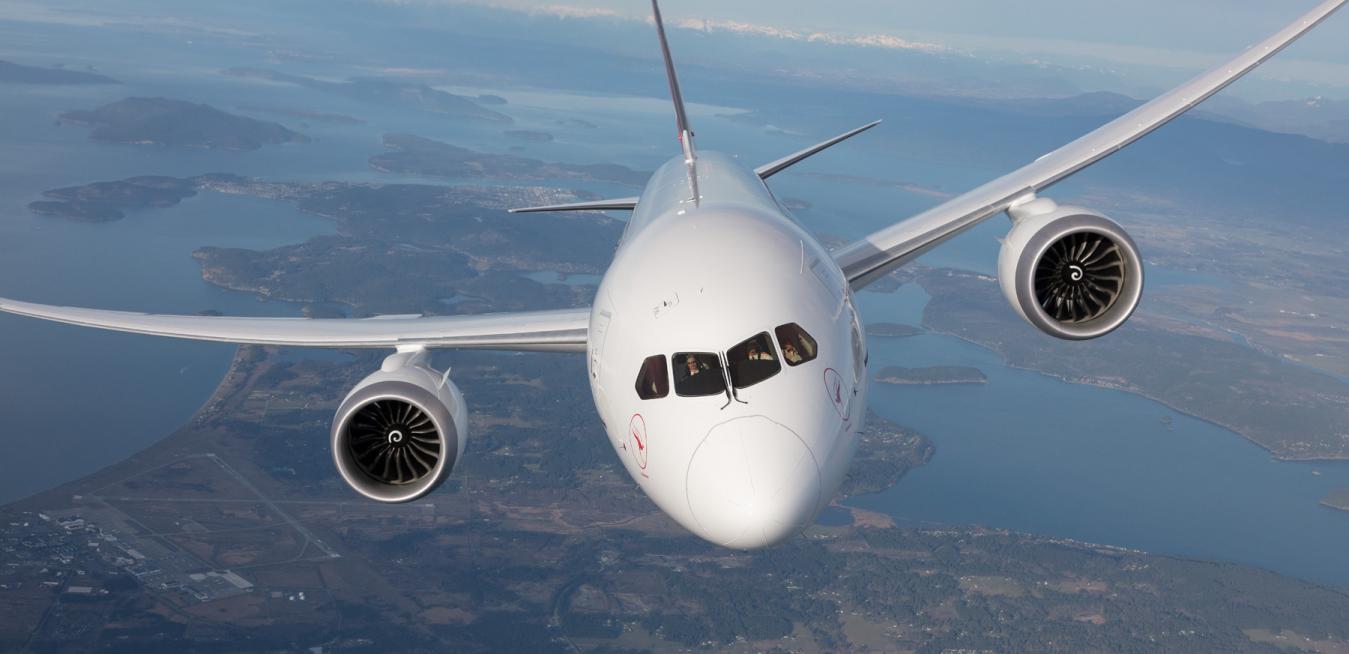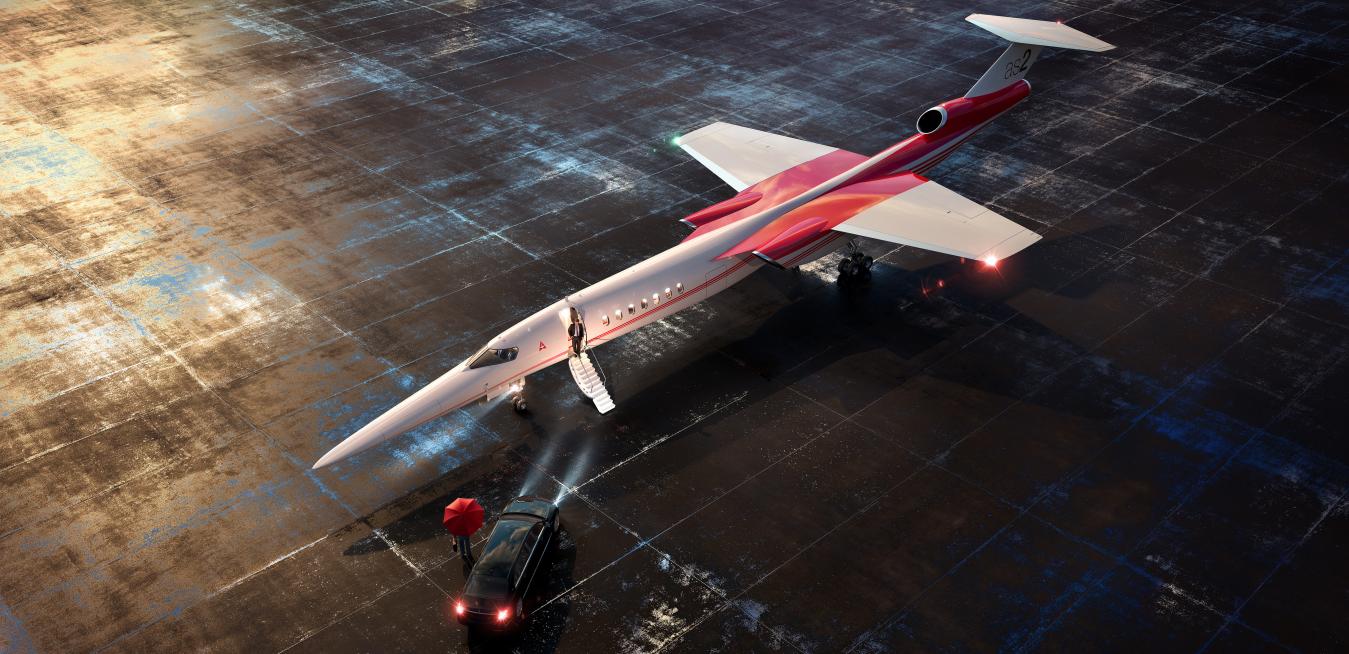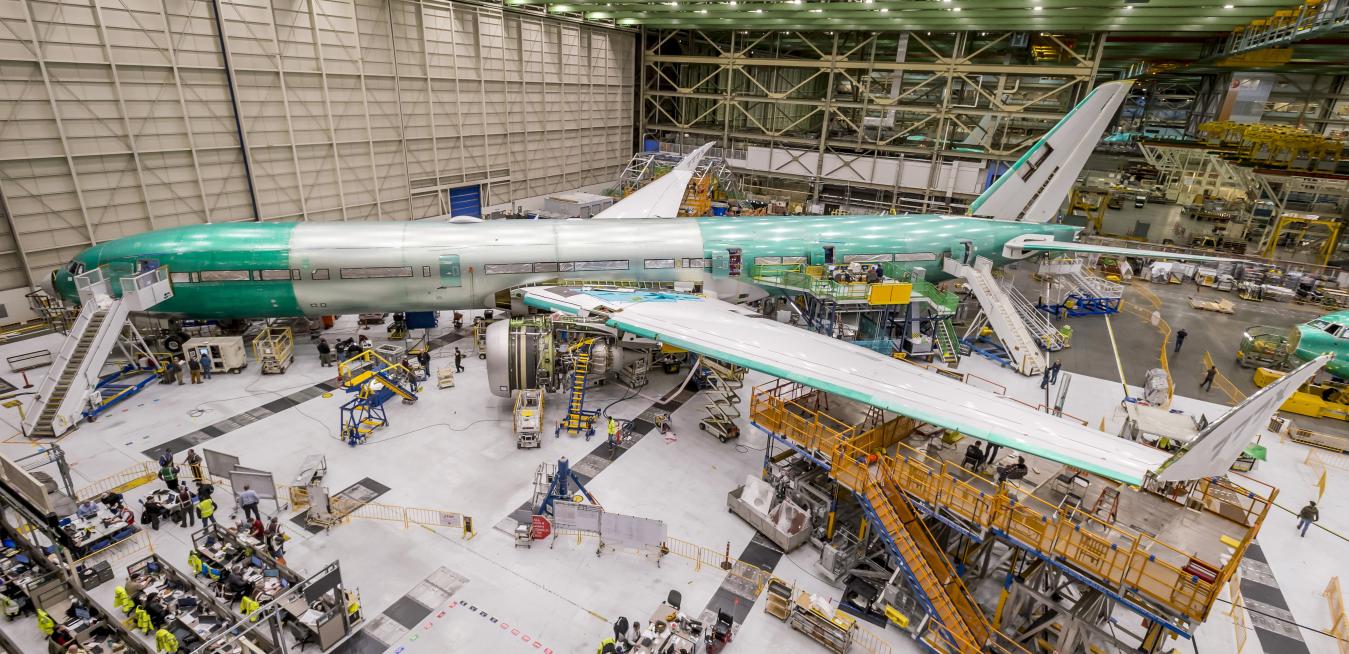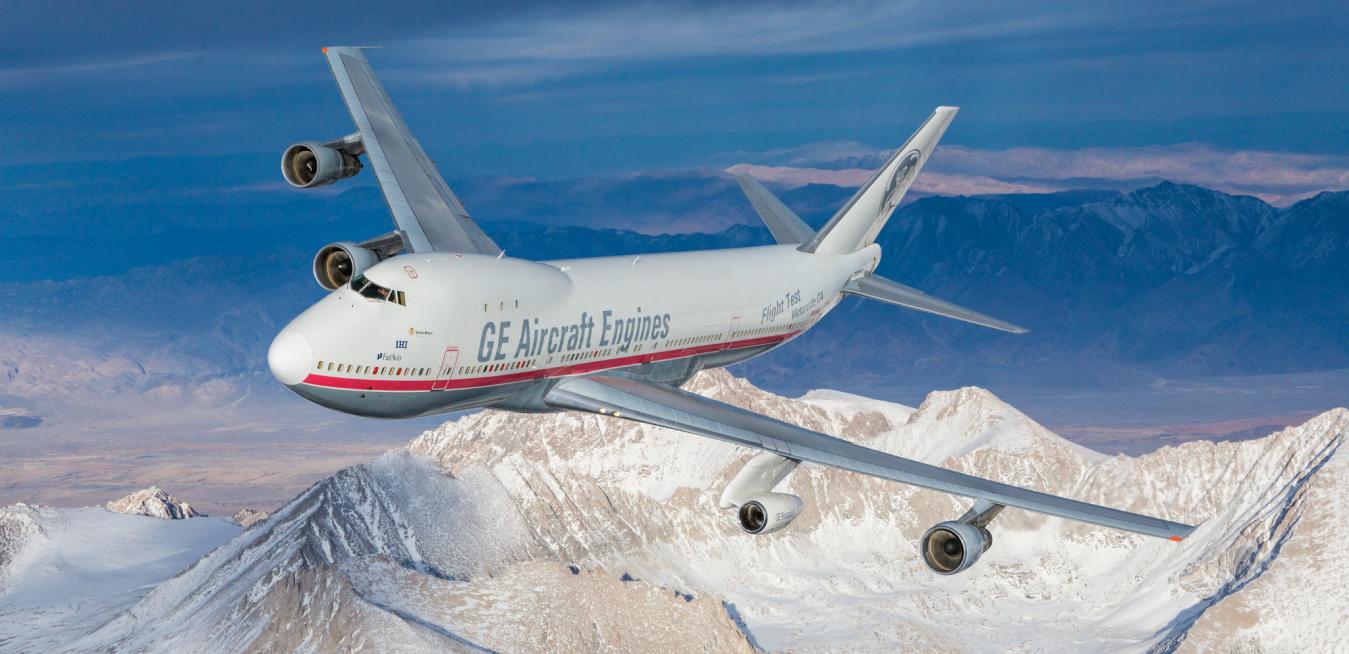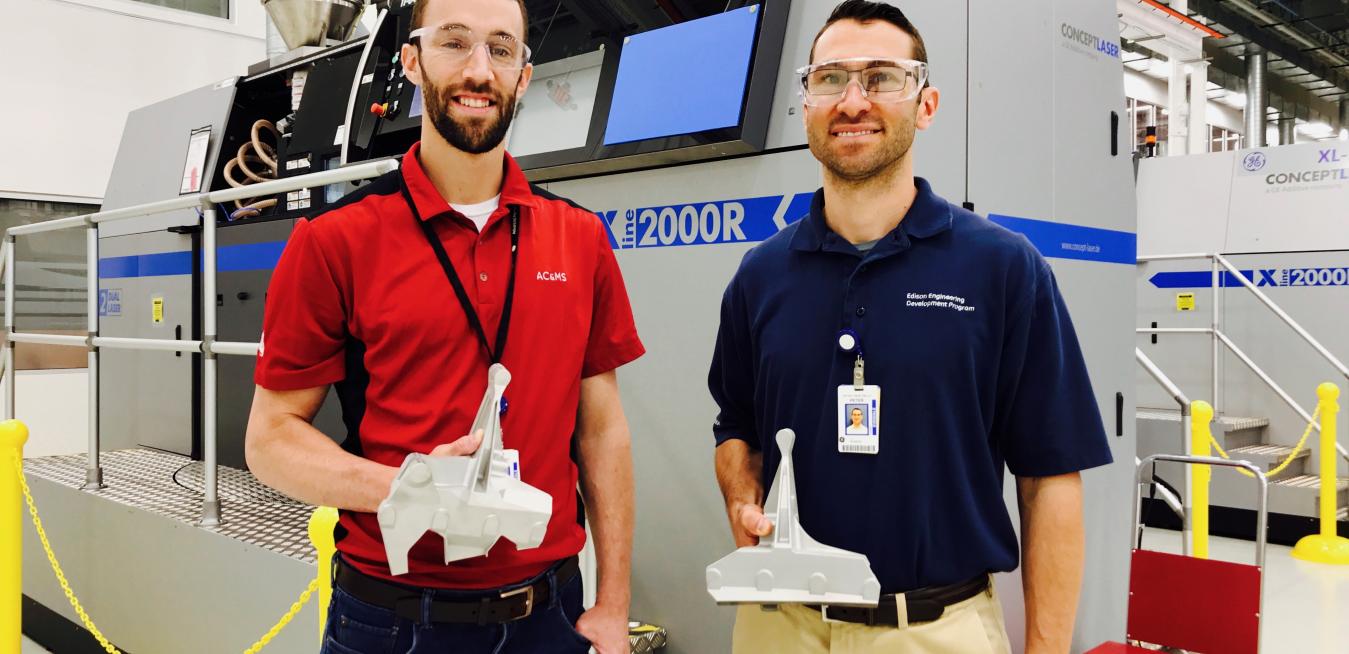The Paris Air Show kicked off this weekend with a briefing for journalists — or at least that’s how the jet engine maker CFM International got things going. To CFM, this year’s show is special. Eleven years ago, in 2008, the company announced in a hotel conference room just off the Avenue des Champs-Élysées that it would build a revolutionary new jet engine called the LEAP. Speaking in the same room on Saturday, Gaël Méheust, CFM's president and CEO, told reporters that the jet engine was “delivering on what we promised.”
It started as a lark. GE Aviation’s David Kelly and his colleague Rachel Wagner were working up a bid to supply engines for a fleet of new Boeing Dreamliners three years ago. Since the client, Air New Zealand, had used Rolls-Royce engines for the past 15 years, the whole venture seemed rather quixotic. Success seemed so remote, in fact, that Kelly, GE Aviation’s sales director for Air New Zealand, agreed to jump off the Sky Tower in Auckland if they won the deal.
Drinks in a cozy, elegant cocktail lounge have preceded plenty of marriage proposals. But perhaps only once has such a session led to the creation of the most prolific jet propulsion company in aviation history.
And yet, it happened — in April 1970 at the Ritz-Carlton lounge in Boston, where leaders of France’s government-owned Safran Aircraft Engines (known as Snecma until 2005) came to court GE. Back then, GE was still chiefly building jet engines for the military, and Pratt & Whitney dominated the burgeoning civilian market.
Adventure-seeking bungee jumpers, “Lord of the Rings” fans and hunters of colossal squid have another reason to check out the remote Pacific Island nation of New Zealand: Air New Zealand is expanding its fleet of long-distance jets that can fly nonstop to this faraway wonderland.
Qantas Airways made big headlines last year — and generated more than $100 million Australian dollars in free publicity, according to the airline — when it launched the first nonstop flight between Australia and London, a flight path that’s long been called the Kangaroo Route. The flight took off from Perth in Western Australia on March 24, 2018, and landed 17 hours and 20 minutes later at London’s Heathrow Airport.
Could Coal Get The Benjamin Button Treatment?
https://www.youtube.com/watch?v=03gWgCN61F0
Time-strapped travelers will like the sound of this. Early in February, Boeing announced it would partner with Aerion Supersonic, a Nevada company that has spent the last two decades developing a supersonic business jet called the AS2. Boeing said in a news release it would “provide engineering, manufacturing and flight test resources, as well as strategic vertical content, to bring Aerion’s AS2 supersonic business jet to market.”
Boeing just released the first pictures of the world’s largest twin-engine jet, the 777X, equipped with the world’s largest jet engine, the GE9X. The plane is scheduled for its maiden flight this year.
The history of GE and modern aviation are closely linked. Few symbols embody the connection more than the original GE flying testbed, a 49-year-old Boeing 747-100 that served as an airborne lab for engineers testing generations of new jet engines. The plane, the last operating model of the first variant of the iconic 747 jet, made its final flight earlier this month.
3D printing has rightfully gotten a lot of buzz because of the marvels it can do. Also known as additive manufacturing, it has opened new paths for designers to create custom shapes that were previously too expensive or downright impossible to make. The technology's potential is enormous, but GE engineer Peter Martinello offers a dose of perspective. “This is true if you have to print just one part,” he says.
